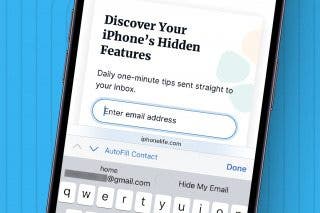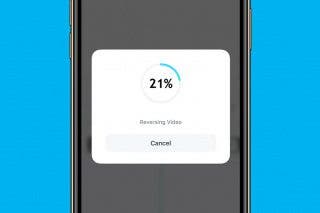Indie Project Corner—Gene Aikens wants Data in Your Pocket (Part 1)


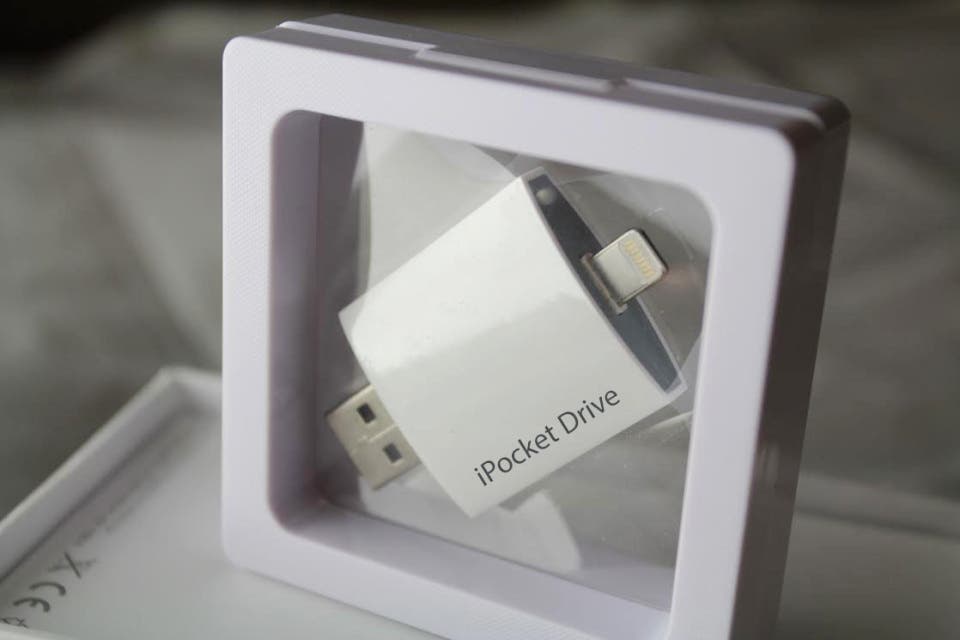
This is the first Indie Project Corner post, a regular feature we will be undertaking to showcase noteworthy indie development efforts (mostly iPhone-related). It's not easy to get a crowdfunded product off the ground, as any who have done it will tell you, and iPhone Life wants to help by interviewing entrepreneurs and getting the skinny on what makes their products the best. In this first edition, we interview Gene Aikens of The Power Company, maker of the Smart Card, and the iPocket Drive. Gene sent us an early review sample of the iPocket Drive to check out. If you are looking for an alternative to network or cloud-connected storage, you will want an iPocket Drive! Gene shares some great insights in part one of this edition.
Gene Aikens discovered his passion for technology back in the coin-operated arcade era. A graduate of New Hampshire Technical college, he pioneered the idea of introducing early arcade games into café environments and other food-serving establishments in locations around New Hampsire. Gene is the succesful maker behind three more recent indie campaigns (The Charge Card, Smart Card, and iPocket Drive), and now starting a fourth product (not-yet named) soon to be released. He is the proud father of five children ranging from ages of 15–24 and currently resides in Nashville, TN. I asked Gene a few questions vial email and phone interview on his experiences at crowd-funding, and what it takes to get a product like the iPocket funded and available.
Gene made it clear that he is not a Kickstarter fan, and prefers Indiegogo as his means of crowd-funding, due mostly to the different policies of the services. Indiegogo allows more lattitude over the campaign, while Kickstarter is maybe more rigid with their rules (something to keep in mind), or at least in Gene's case rejected his campaign without specifically saying why. Gene also reported that Indiegogo was very helpful. Below are excerpts from our email and phone conversations:
iPhoneLife: Your first product to be successfully crowdfunded was the Smart Card. A credit-card-sized multi-tool that can universally charge (up to 1600 mAh), store data, has a flashlight, and includes built-in cables. The card hasn't yet been released (still only available for pre-order according to your site). When do you expect to start shipping and where can folks buy this does-it-all gadget?
Gene: Actually the Smart Card was the second. The Charge Card was the first. It was released last December 2013 as my first project and they shipped to everyone. The Smart Card prototype is currently working 100 percent. I just made a change to the adapters that go on it and the final prototype with the new adapters is on its way from China now. We will do a large run of the Smart Card soon. People can buy it at my main web site thepower.company.
At CES 2015, we saw a literal ton of great prototype ideas and clever gadgets in the Indiegogo zone at the Sands Tech Expo. Want to share any advice that helped in your campaigns?
Don’t think that you are just going to throw a campaign together online and the money is going to fly in. That’s not going to happen. IT IS WORK, WORK, WORK! Plus, be prepared to manufacture quickly, because it is near impossible with little money to protect your idea and there are a lot of shark type wealthy large corporations out there looking for ideas on these crowd-funding sites.
Is crowdfunding alone always enough to bring a successful product to market? What are some of the pitfalls someone not in the business (of design and large-scale production) can make?
If your product is good, many distributors from all over the world will contact you. I can't keep up with this side currently with the iPocket Drive. So the real money can come from the wholesale side. But you need the product in hand, because distributors will not tie up their money waiting for a product. Secondly, manufacturing is the biggest problem with companies that don't have experience producing a product. They can get in with companies that can take advantage of them, overcharge them, or just plain take their money.
The iPocket Drive Review
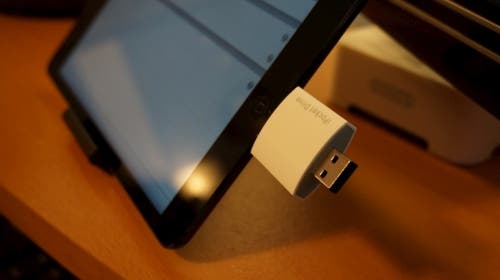
Gene sent us a 16 GB (8 GB–128 GB versions are available) review unit, and I thoroughly tested it. On one end, a lightning connector allows the tiny drive to connect to iPhone or iPad (tested on both iPhone 6 and older iPad mini). On the other end is a USB 2.0 interface to allow you to connect to a computer. The drive is detected as a storage device and mounted automatically on most desktop operating systems (Mac, Windows and Linux), but on the Apple device side, you need to download and install a free app (called i-FlashDrive HD--more on the app later). See the rest of this review in the Part Two follow-up post tomorrow.

Nate Adcock
Nate Adcock is a system and integration engineer with experience managing and administering a variety of computing environments. He has worked extensively with mobile gadgets of all shapes and sizes for many years. He is also a former military weather forecaster. Nate is a regular contributor for the iphonelife.com and smartphonemag.com blogs and helps manage both websites. Read more from Nate at natestera.tumblr.com or e-mail him at nate@iphonelife.com.

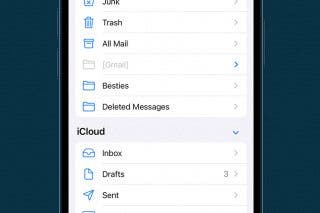
 Rachel Needell
Rachel Needell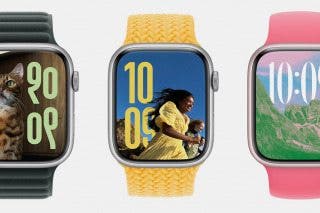
 Olena Kagui
Olena Kagui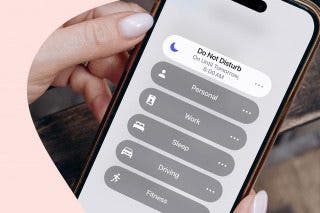


 Rhett Intriago
Rhett Intriago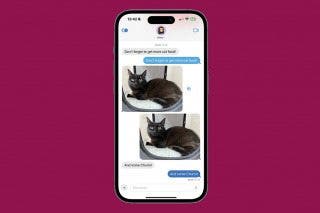

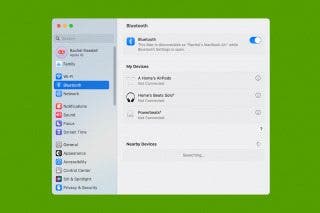
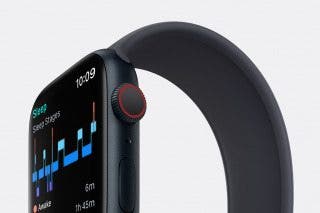
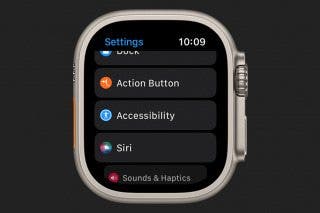

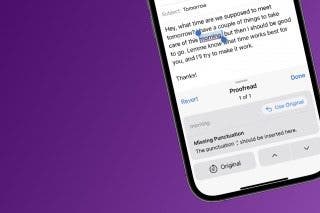
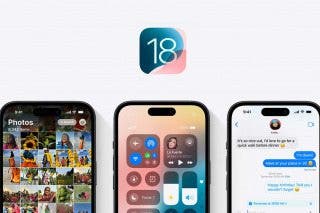
 Ashleigh Page
Ashleigh Page